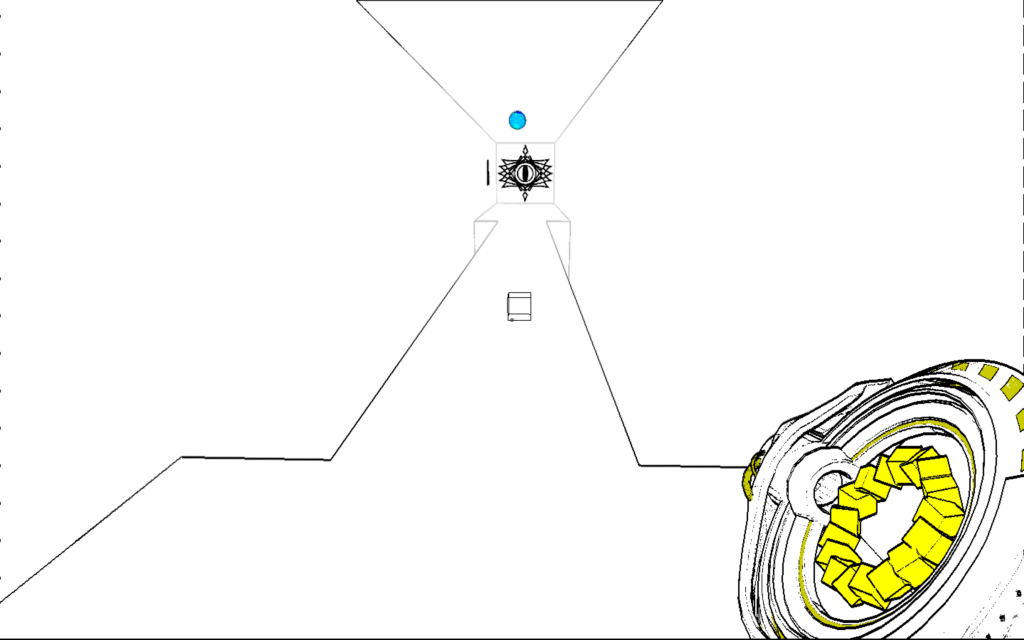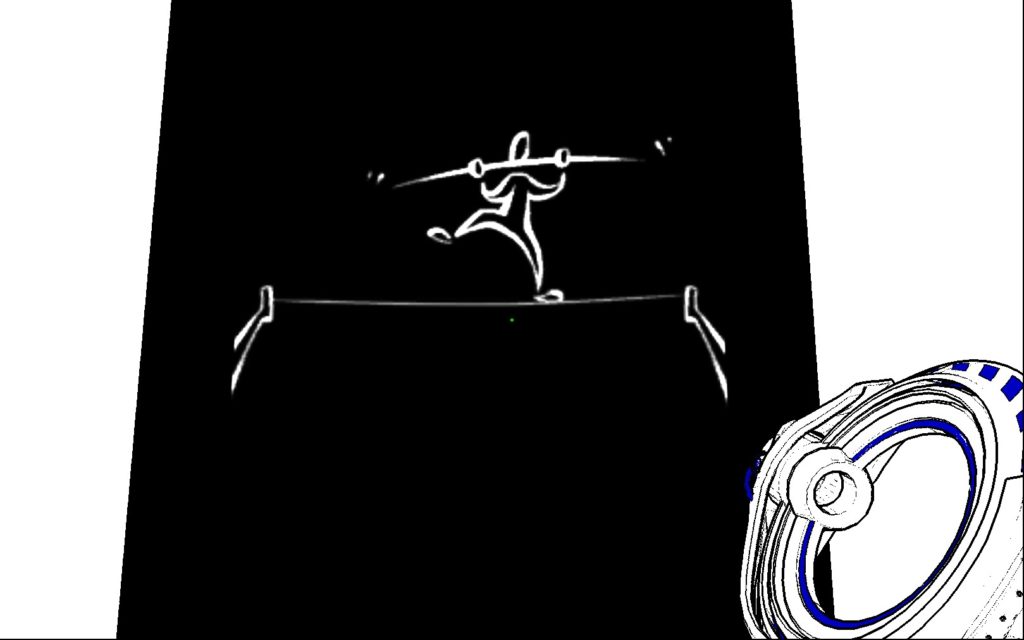Antichamber is a first person view puzzle platform game that was released in 2013 by Alexander Bruce.
There are quite some things that turn this game into an elegant work of game design, but I’d like to focus on how the game mechanics are wrapped up with thematic sense allowing for a memorable experience.
In a nutshell, Antichamber brings the player thought a series of rooms that contain puzzles that rely on environmental elements and that require the use of the skills the player develops. The puzzles are wrapped up with paintings and quotes that hint the solution thought analogies with life.
The developers of Antichamber made this work beautifully, with the associations between mechanic and meaning feeling natural and snappy for most of the hour and a half the game lasts.
Drawing and extrapolating meaning
I always though that there’s something very valuable one can get out of famous quotes and sayings, but only if these are approached with adjusted expectations.
The best we can get out of a quote, in my opinion, is not what it says but the connections and perspectives it might trigger for us, through flourish or metaphorical figures.
Antichamber gets exactly the same effect but using game mechanics to trigger meaning.
Here’s an example:
I’ll pick up one puzzle that resonated and stuck to me.

At some point the player comes across a puzzle where she needs to get to the other side of a bridge that as a ball hovering over it. As she gets closer and takes the first steps over the bridge, the ball starts wobbling and splitting into more balls, and the bridge starts disintegrating.
Rushing though the bridge will make the balls on top start bouncing in chaos, and the bridge to collapse, with fatal consequences to the player.
This is the message that she will see when she gets to the bottom of the abyss:

I got a very strong feeling when I read this, and it wasn’t just frustration because I had just failed the puzzle and because someone was so conscious about my mistake.
Some random associations from my own experiences started triggering in my memory, and with that, the solution of the puzzle.
I went all the way up confident that I knew exactly what I had to do.
Although that felt unnatural at first, walking slowly over the bridge when the balls started to wobble, which is, keeping it calm when you want to rush, kept them together and prevented the bridge from collapsing.
Shortly afterwards I found this painting that gave closure to the puzzle:

The whole thing kind of touched my fibre.
The way games can talk to us
Even though reading those quotes might trigger similar associations in my memory, a game, with its interactive nature, can get even more vivid and suggestive effects.
And this is what we should explore in this media, I think. Taking risks and walking the extra mile to design interactions that are fun, but also, that use what’s particular of the language to create memorable experiences.
Leave a Reply